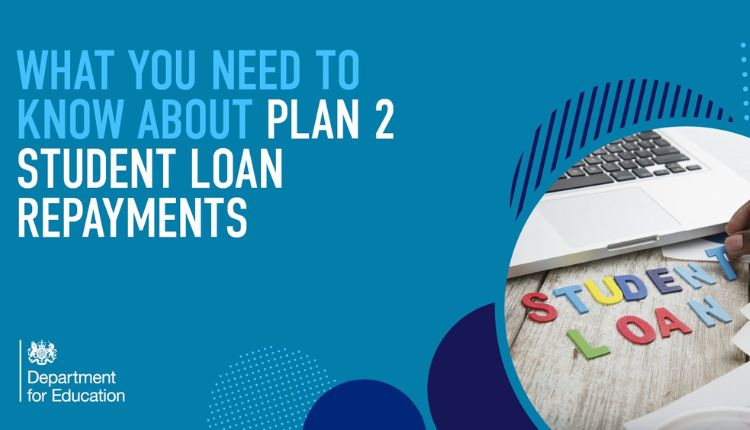Choosing the right loan repayment plan can simplify the process and help you meet your financial goals. This guide covers repayment options, eligibility, application steps, and their pros and cons to keep you on track.
Types of Loan Repayment Plans
When it comes to repaying loans, there isn’t a one-size-fits-all solution. Here are the most common types of loan repayment plans:
1. Standard Repayment Plan
- What it is: This is the default repayment plan for most loans. It requires fixed, equal payments over a defined period (typically 10 years for student loans).
- Who it’s for: Ideal if you can manage consistent payments and want to pay off your loan quickly.
2. Graduated Repayment Plan
- What it is: Payments start lower and gradually increase over time, typically every two years. The repayment period is the same as the standard plan.
- Who it’s for: Great for recent graduates or individuals whose incomes are expected to grow over time.
3. Income-Driven Repayment Plans
- What it is: Payments are based on your income, family size, and loan amount. Common options for student loans include Income-Based Repayment (IBR), Pay As You Earn (PAYE), and Revised Pay As You Earn (REPAYE).
- Who it’s for: Best for those whose income is lower relative to their loan balance. These plans provide more flexibility but may extend the repayment term.
Eligibility
Each repayment plan has its own set of eligibility criteria. Here’s what you need to know:
- Standard Repayment Plan: No special qualifications—most borrowers are automatically placed into this plan.
- Graduated Repayment Plan: Available for most federal student loans; no additional criteria are required.
- Income-Driven Repayment Plans: Your income and family size usually determine eligibility. Some plans may require proof of financial hardship or have restrictions based on when the loan was first disbursed.
If you’re unsure which plans you qualify for, check with your loan servicer or use online eligibility tools provided by the Department of Education, private loan servicing companies, or online loans like those in Utah.
How to Apply
Applying for a loan repayment plan is relatively simple and can often be done online. Follow these steps:
- Review Your Loan Details
Log in to your loan servicer’s website or contact them to understand your loan balance, interest rates, and current repayment plan.
- Evaluate Your Financial Situation
Assess your monthly income, expenses, and long-term financial goals to determine which plan works best for you.
- Gather Required Documentation
For income-driven plans, you’ll need proof of income (e.g., tax returns, pay stubs). Have this information ready.
- Submit Your Application
Complete the application through your loan servicer’s website or use the specific form designated for your plan. For federal student loans, you can apply through the Federal Student Aid website.
- Confirm Your New Plan
Once approved, your loan servicer will notify you of your new payment details and when your first payment under the new plan is due.
Pros and Cons of Loan Repayment Plans
Understanding the benefits and drawbacks of each repayment plan can help you make an informed decision.
Standard Plan
Pros
- Pay off loans faster.
- Lower total interest paid over time.
Cons
- Higher monthly payments may strain your budget.
Graduated Plan
Pros
- Lower initial payments make it manageable during early career phases.
- Payments increase as your income grows.
Cons
- Higher overall interest due to initially lower payments.
Income-Driven Plan
Pros
- More affordable monthly payments relative to your income.
- Loan forgiveness options after a specific period (e.g., 20 or 25 years for student loans).
Cons
- Takes longer to pay off loans, which increases the total interest.
- Requires annual recertification based on your updated income and family size.
Conclusion
Choosing the right loan repayment plan can make a significant difference in managing your finances. Whether you prioritize quick repayment or need lower monthly payments to stay afloat, understanding your options is key






